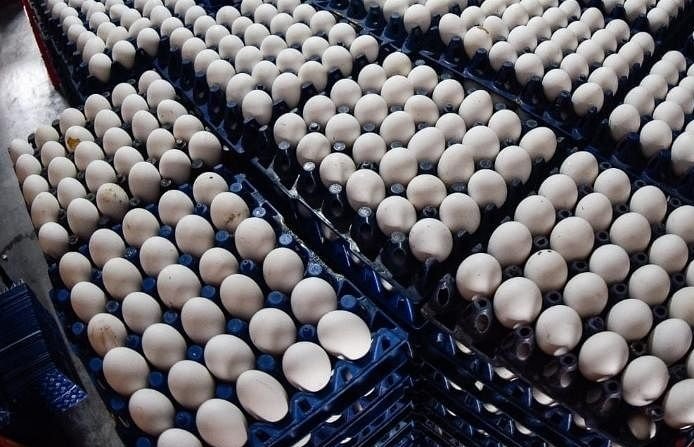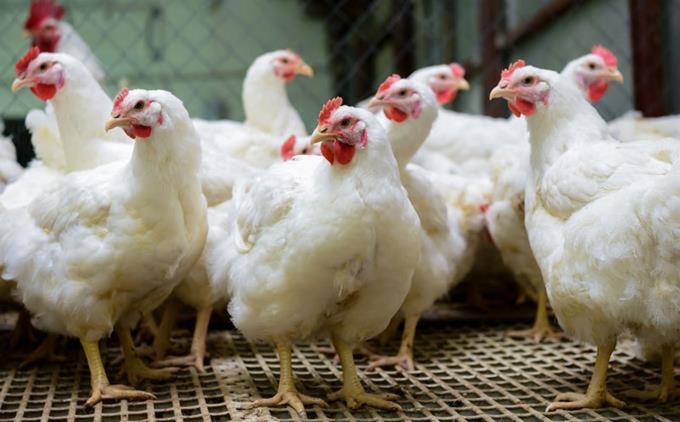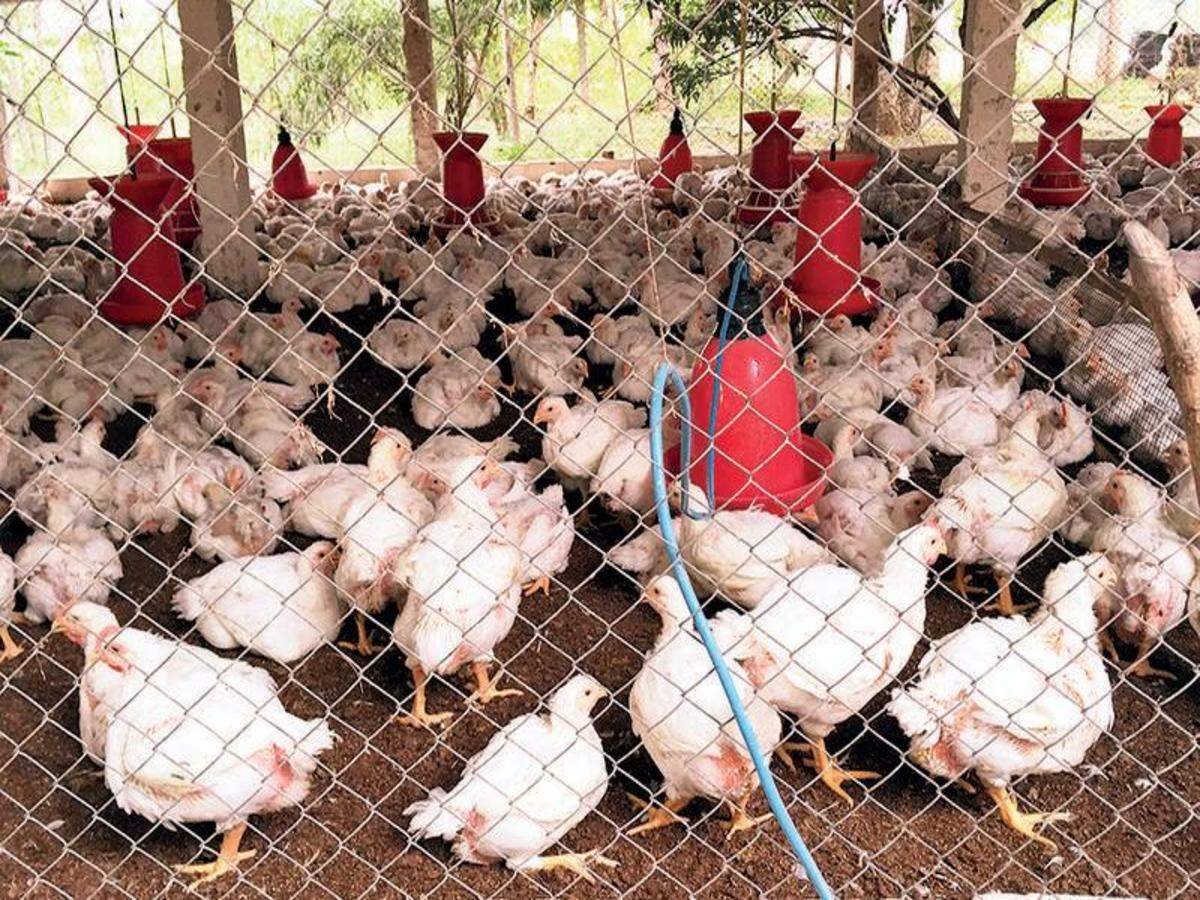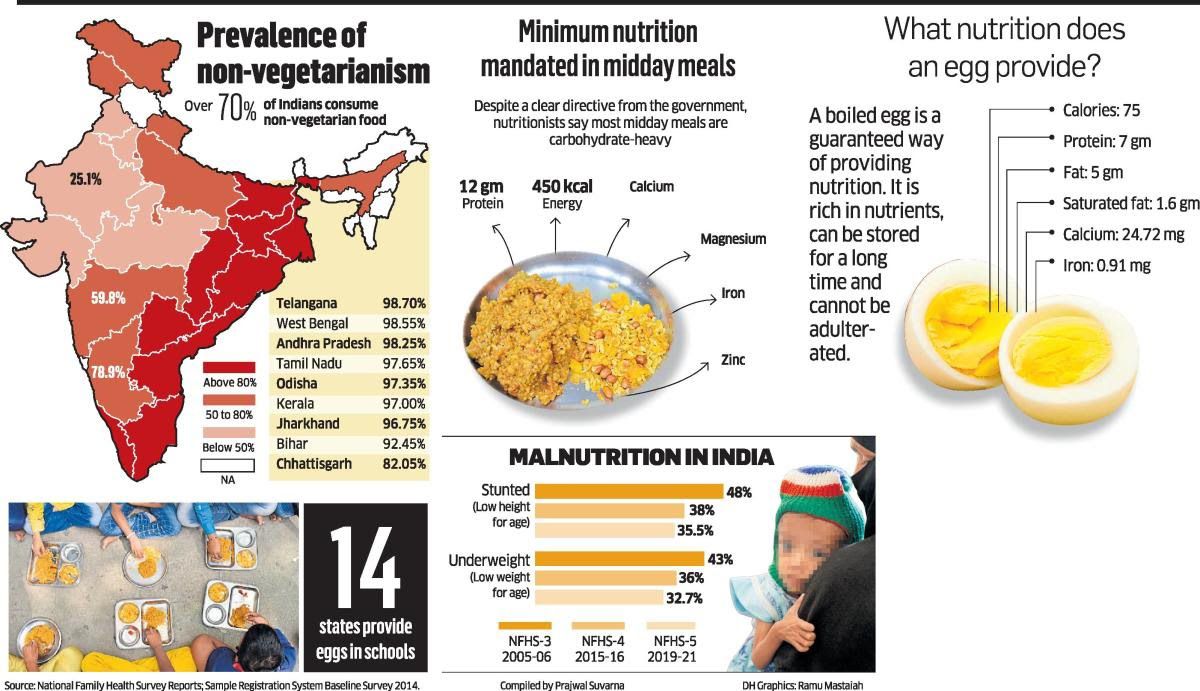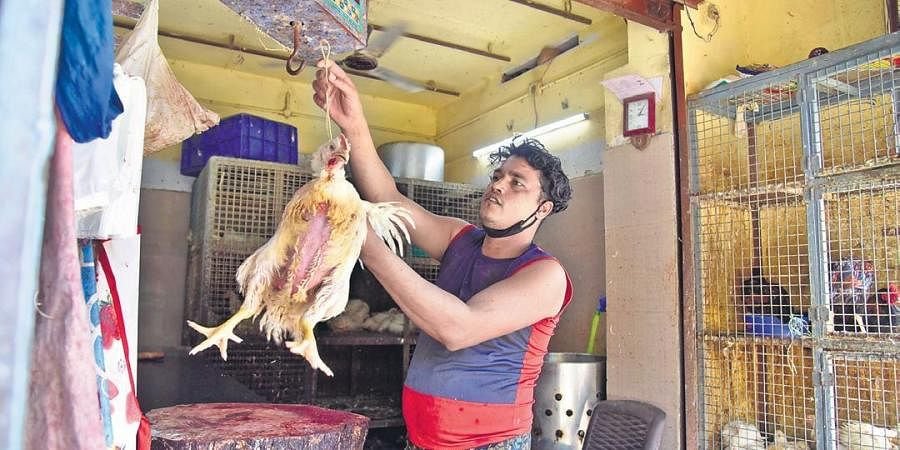Light
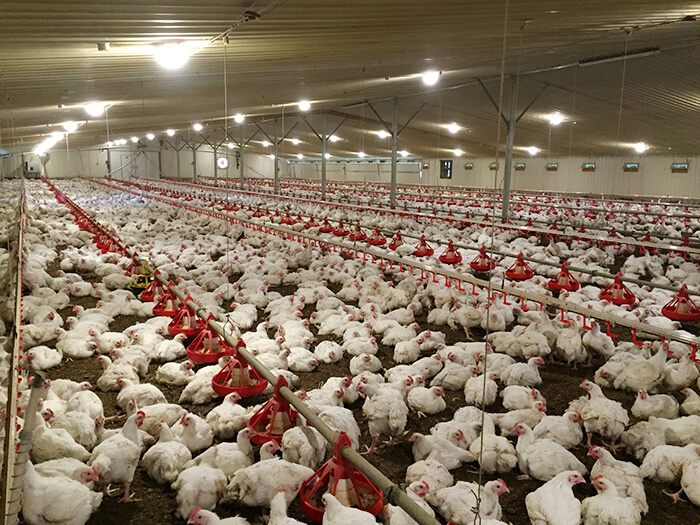
ARTIFICIAL LIGHT IN POULTRY
The artificial light provided in the poultry shed should be of uniform intensity. It should reach properly in corners of the sheds uniformly so that al the birds should have proper assess to feed and water
EFFECT OF ARTIFICIAL LIGHT ON POULTRY PERFORMANCE
Light both natural as well as artificial has a very important role in poultry performance. Recommendation of artificial light may vary according to Breed of the bird. Usally 24 hrs light( artificial and natural) is recommended in most of the breeds till 4wks and then exposure to artificial light can be reduced gradually to zero artificial light after 8wks of age. Though this light schedule can be altered a bit depending upon few factors like climatic temp,type of breed, age,body weight, feed intake, availability of natural light( day length) etc.But exposure to artificial light during pre laying stage is of utmost importance. Fate of the prouction performance is heavily dependent on this stage of the bird.so what are the important points which should be considered before exposing the bird to artificial light.
1. Body Weight
This is one of the most important aspect as far as performance is concerned. Because all reproductive organs they start maturing during this stage so body weight of the bird should always be in accordance with age of the bird. Lack of proper body wt. during onset of laying can lead to laying of more no. of pullet eggs ( small size eggs)
Ideally a hen should achieve a minimum of 1250 gms of body before starting egg laying process. Failing to achieve enough body wt. during this stage can not only lead to decrease in no. of eggs laid during a laying cycle but can also lead to a higher laying mortality due to prolapse and peck outs.Such flocks have a tendency to lay eggs with weak egg shell at an early stage and show drastic fall in production in later part of the laying cycle.
2. Nutrion
A balanced feed as per phase of the bird should be provided to achieve proper body wt.
3. Feed Intake
Now feed intake heavily depends upon the climatic temp. as the climatic temp. is very high during summers so feed intake is very low so it is very difficult to achieve proper body wt. under these circumstances. Providing a proper space and crumble feed under these circumstances can help a lot. Because crumble feed is more homogenous so it helps to achieve not only a better body wt. but more importantly a much better flock uniformity. More is the uniformity in terms of the body wt. of the flock better will be prod. Performance. On the other hand climatic temp. remains on lower side during winters so feed intake tends to be on higher side leading to much better body wt. as compared to summers.But achieving a better flock uniformity is of utmost importance.
AVAILABILTY OF NATURAL LIGHT
There is a huge variation in availability in summers and winters.In winters the feed intake is on higher side and body wt. of the bird is usually optimum. Furthermore due to shorter day lengh and lack of enough day light , onset of laying is get delayed. So under these circumstances bird starts laying with a better egg mass and eventually lay much lesser no. of pullet eggs. In contrary to winters, situation is entirely different in summers as discussed earlier.
SO WHEN BIRD SHOULD BE EXPOSED TO ARTIFICIAL LIGHT AFTER ONSET OF LAYING
Its egg mass which is more important than production level. Farmers have a misconception that artificial light should be started after flock reaches to peak production. But during winters due to higher feed intake , proper body weight, lack of sufficient natural light, bird will become obese if we wait for the peak prod to get achieved.This can lead to fatty liver later on So start giving artificial light as the egg mass reaches almost 1500gms( egg tray wt.) irrespective of the prod. Level of the flock.
In summers on the other hand even though the body wt. is not up to the mark due to lesser feed intake but even then better rise in production is there due to availability of too much natural light in summers. So do not start artificial light unless until normal egg mass is achieved as discussed earlier.


